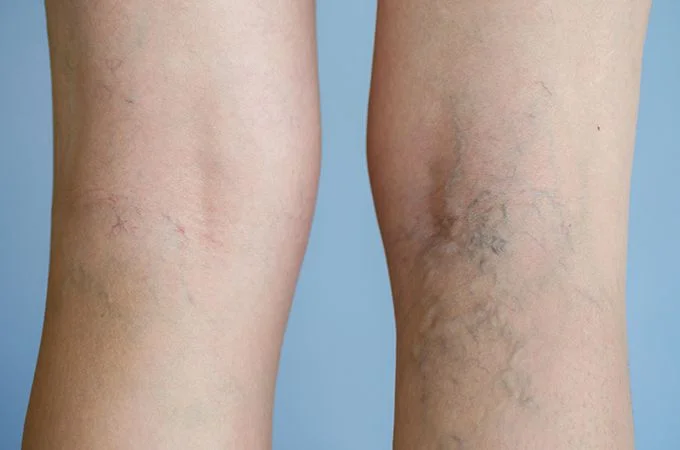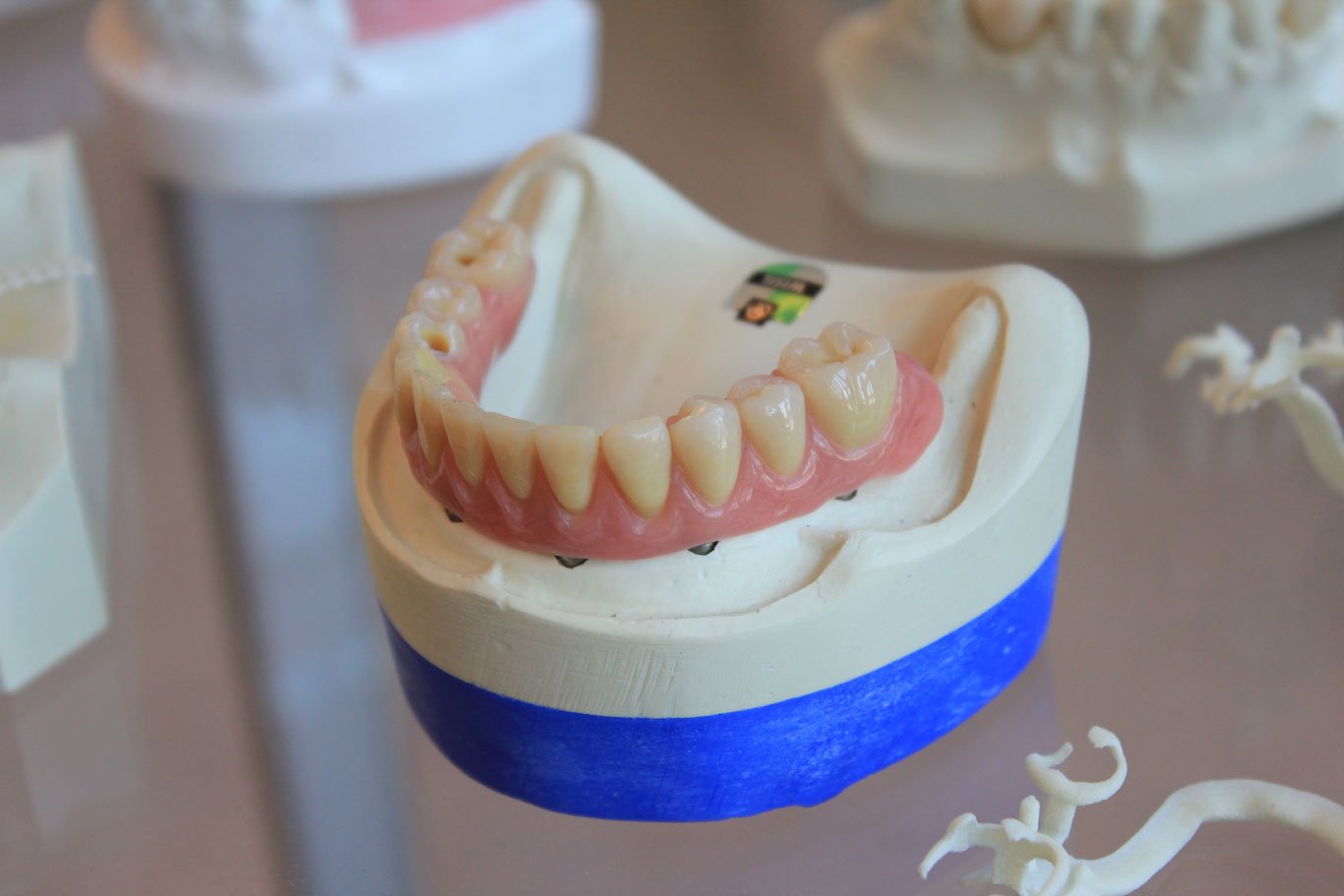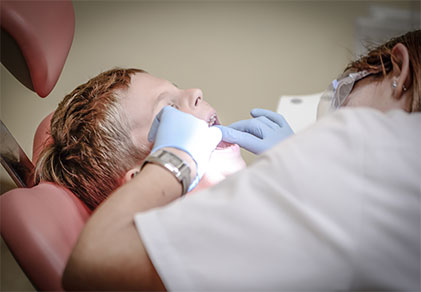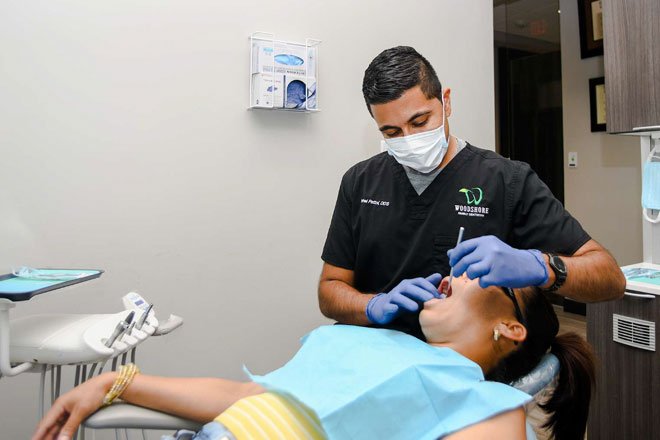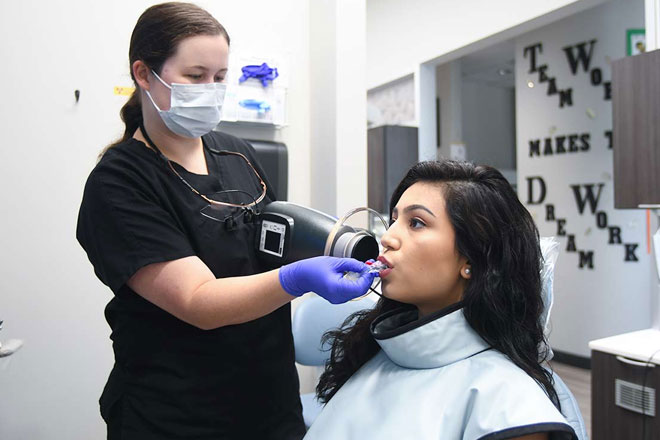Tips to improve the medicaid coverage for braces
The most common requirement for orthodontic treatment is the use of dental braces for oral health, orthodontic problems, and personal satisfaction.
However, the cost of braces can be a significant burden, leaving many families wondering: Does Medicaid cover braces? The answers to this question may vary regarding. The particular patient’s age, the specific Medicaid program of the state, and the medical need for the treatment.
In this blog let us elaborate on the contours of Medicaid coverage for braces that will help the families in need to understand better.
Lessons on Medicaid and Its Coverage
Medicaid is the new title for the federal active assistance program for the medically needy, signed into law in 1965. It offers health care coverage for dependent residents who don't have an advantage in terms of economic status and age. Despite the fact that Medicaid is a federal program that has to adhere to federal guidelines, every state has discretion on how they develop their program. Which is why there can be variations in the coverage provided from state to state.
Orthodontic services, together with other dental services, are usually considered optional additions to medical assistance for adults. Medicaid receives special mention in that it has to offer orthodontic benefits in services for children under the EPSDT benefit.
Is Orthodontic Treatment for Children with Medicaid Eligible?
For children, Medicaid pays for braces based on certain criteria in which the treatment qualifies as a medical necessity. Medicaid does not use orthodontic services for aesthetic smile correction but rather for severe dental problems that impact a child's general health, well-being, or functioning. Examples of such conditions include:
- Severe malocclusion of the teeth implies deviation from the norm in shape, size, position, or direction of teeth.
- Functional problems are associated with overbite, underbite, or crossbite.
- Cleft lip or palate
- Jaw deformities
High density or density irregularities that affect spacing and lead to oral health issues
Essentially, most states include a medical necessity assessment by an orthodontist, often providing reports and additional proof to the state’s Medicaid program. Dentist often use an objective parameter, including the Handicapping Labio-Lingual Deviation (HLD) Index that they use to determine the extent of the deformity or defect.
There are lots of colors and technologies available for your braces. Continue reading this article to learn more about the psychology of Braces Colors.
Medicaid Coverage for Adults
In regard to braces, bear in mind that for adults, getting Medicaid to pay for the procedure is much rarer. Currently, most state Medicaid programs do not pay for adult orthodontic care. There are exceptions for patients with medical conditions requiring remediation, issues arising from accidents or trauma, and jaw surgery. Still, the approval is not always easy, and even if it is, coverage is not always insured.
State-by-State Variations
Since Medicaid is a state-run program, it may cover braces to a large extent and may not do so to a small extent. Unemployment benefits vary from one state to another. Some state governments offer more liberal unemployment benefits than others, while others may be very rigid. For example:
Generous Coverage States: They would receive broader coverage for medically necessary orthodontic treatment for children in New York or California.
Limited Coverage States: In some of the states that provide almost no dental benefits, Medicaid may cover only the most essential dental procedures and orthodontic services are completely excluded.
For further details concerning the coverage that is offered in the area, families need to contact the state’s Medicaid office. Check the internet for their state’s Medicaid website.
The Approval Process for Braces
It is not always easy to wade through the approval process for braces when one is a Medicaid provider. Here’s a step-by-step overview:
Initial Consultation: Consult with an orthodontist who takes Medicaid patients at least once. They will decide on the status of the dental and if braces are needed.
Documentation Submission: However, if braces arenecessary, the orthodontist shall forward records to the state’s Medicaid program. Such as X-ray films, photographs, and a proposed treatment plan.
Review and Decision: The Medicaid program will make the decision to cover a particular case based on the case need criteria.
Approval or Denial: In most cases, if the dentist approves your prescription, the patient can continue with treatment. The families may be accorded a chance to appeal for the decision.
There are ways and means under which financial help can be provided.
For families who do not qualify for Medicaid coverage of braces or face a denial, there are alternative options to consider:
Payment Plans: Most orthodontists interact with their patients financially in terms of payment; hence, you are able to pay for the treatment in instalments.
Nonprofit Organizations: Smiles Change Lives is one example in which families can get funding to go for orthodontic treatment.
Dental Schools: Most orthodontic treatments are offered in dental school clinics that may be easily accessed at a low cost.
Discount Dental Plans: These plans provide a price cut on different dental services, such as braces, for a fixed amount they call a membership fee.
Tips to improve the medicaid coverage for braces.
Choose the Right Orthodontist: This is a fraught work with an orthodontist acquainted with Medicaid situations.
Understand State Guidelines: Search for information about the Medicaid program in your state, as well as guidelines on orthodontic treatment.
Be Persistent: When you receive an appeal, you need to check the next level of appeal and submit any further supporting documents.
Maintain Records: Make multiple copies of all paperwork, letters, and consultations made; evaluation of the patient, and any communications made with Medicaid.
In Conclusion
This program may include braces depending on the need and especially for children who need the braces for medical reasons. However, each state has its own set of rules and requirements, and more often than not, approval can be quite a process. As a result of experience, family members may take appropriate measures, including following the guidelines, consulting and engaging experienced providers, as well as looking for other forms of support.
For you to get braces and you need Medicaid, ensure you see an orthodontist and understand your state's policy to help you in your decision-making regarding your braces.






















